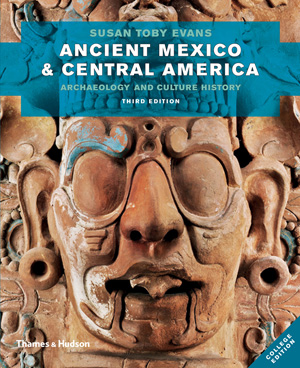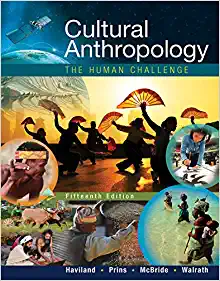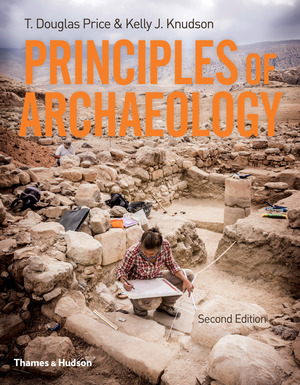Test Bank for Ancient Mexico and Central America Archaeology and Culture History Third Edition by Susan Toby Evans
$40.00 & Free Shipping
ISBN: 978-0-500-29065-1
Free shipping on orders over $50!
- Satisfaction Guaranteed
- No Hassle Refunds
- Secure Payments
Description
[embeddoc url=”https://testbankzone.net/wp-content/uploads/2020/07/AMCA-tb-Ch-1-final.doc” width=”60%” height=”80%” download=”all” viewer=”microsoft”]
Contents
Part 1: Mesoamerica, Middle America, and its Peoples
Chapter 1: Ancient Mesoamerica, The Civilization and Its Antecedents
Chapter 2: Ecology and Culture: Mesoamerican Beginnings
Chapter 3: Archaic Foragers, Collectors, and Farmers (8000–2000 BC)
Chapter 4: The Initial Formative (c. 2000–1200 BC)
Part 2: Complex Societies of the Formative
Chapter 5: The Olmecs: Early Formative (c. 1200–900/800 BC)
Chapter 6: The Olmecs: Middle Formative (c. 900–600 BC)
Chapter 7: Middle to Late Formative Cultures (c. 600/500–300 BC)
Chapter 8: The Emergence of States in the Late Formative (300 BC – AD 1)
Chapter 9: The Terminal Formative (AD 1–300)
Part 3: Cultures of the Early Classic
Chapter 10: Teotihuacan and Its International Influence (AD 250/300–600)
Chapter 11: The Maya in the Early Classic (AD 250–600)
Part 4: Late Classic, Classic Collapse, and Epiclassic
Chapter 12: The Lowland Maya: Apogee and Collapse (AD 600–900)
Chapter 13: The Late Classic and Epiclassic in the West (AD 600–1000/1100)
Chapter 14: Maya Collapse and Survival (AD 800–1200)
Chapter 15: The Rise of Tula and Other Epiclassic Transformations (AD 900–1200)
Part 5: The Postclassic and the Rise of the Aztecs
Chapter 16: The Middle Postclassic (1200s–1430)
Chapter 17: The Aztecs: An Empire Is Born (1430–1455)
Chapter 18: The Aztec Empire Develops (1455–1486)
Chapter 19: The Aztec Empire at Its Height (1486–1519)
Chapter 20: The Conquest of Mexico and Its Aftermath
Reference Maps
Pronunciation Guide
Further Reading and Bibliography
Sources of Illustrations
Index




